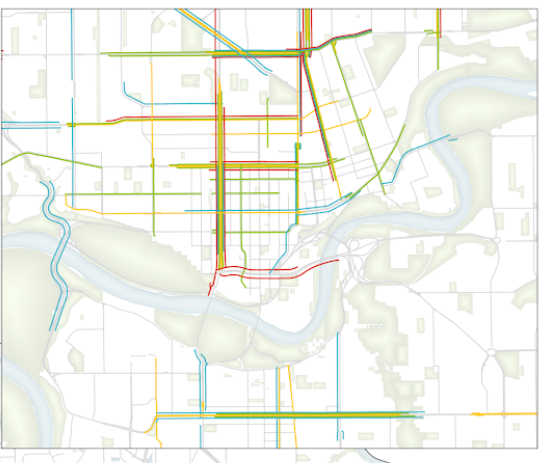Traffic
Edmonton councillor calls for renewed road safety following city’s release of traffic crash data
by Chris ChaconEdmonton’s Whyte Avenue is just one of many roadways identified in the city’s recently released high injury network.
The map below shows the highest concentration of serious injuries and fatal crashes caused by a vehicle, riding a bike or walking. The city said the information comes from five years of crash data.

Last year, 268 people were injured and 14 were killed in traffic-related crashes. So far this year, nine people have died.
Trending Stories

Ontario reports over 200 new coronavirus cases for 3rd day in a row

Mike Pence backs out of Trump fundraiser hosted by QAnon supporters
The data found that the number one cause for severe crashes causing major injury or death in Edmonton is drivers following too closely.
The second most common cause is motorists driving off the road, followed by drivers not yielding to people who have the right of way.
Ward 8 Coun. Ben Henderson said the city has made progress bringing serious and fatal collision instances down but it’s not where it needs to be.
“We need to find a solution to creating better pedestrian space and getting wide enough sidewalk areas that can accommodate the people. I think we need to understand the crossings. I think speed is a factor,” he said.
“Some of it is a design problem and that’s going to be the thing that slows us down. Retrofitting a city of our size is no small undertaking but the reality is we’re doing renovations in the city all the time and we’re rebuilding a lot of our neighbourhoods right now because we have to do the renewal now anyway and that’s the opportunity to go in.”
According to the city and its public engagement, certain groups of people are more likely to feel unsafe when travelling around Edmonton. Those include Indigenous people, people with disabilities and gendered minorities.
The city said it will use these findings and work toward safer solutions in hopes of achieving its long-term goal of having zero traffic-related fatalities and serious injuries by 2032.